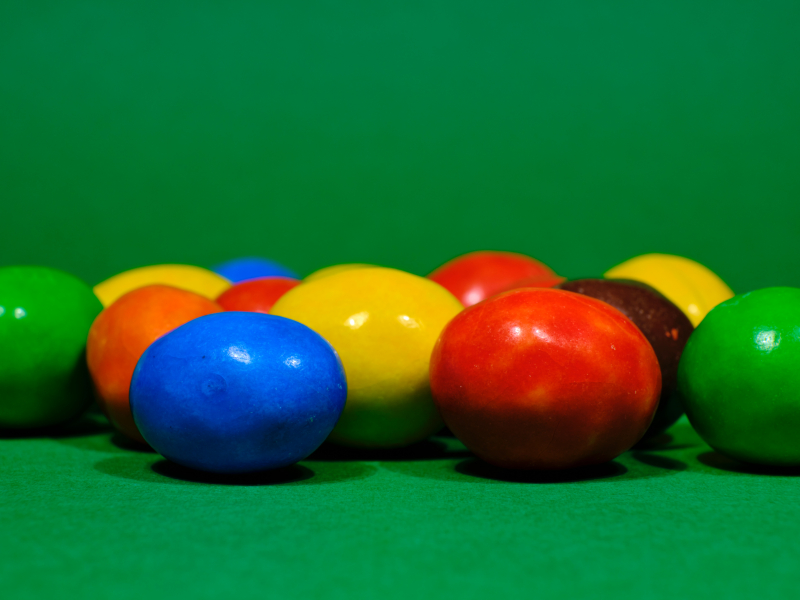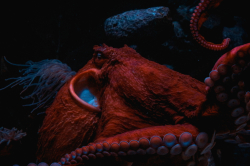Wireless charging across room a reality. A new method developed by Disney Research for wirelessly transmitting power throughout a room enables users to charge electronic devices as seamlessly as they now connect to WiFi hotspots, eliminating the need for electrical cords or charging cradles. The device can transmit 1.9 kilowatts of power while meeting federal safety guidelines, which is equivalent to simultaneously charging 320 smart phones.
Food additives in gum and candy can change digestive cell structure. Love gum and chocolate? New research shows that the ability of small intestine cells to absorb nutrients and act as a barrier to pathogens is "significantly decreased" after chronic exposure to nanoparticles of titanium dioxide, a common food additive found in everything from chewing gum to bread.
"Live" gloves light up when touching certain chemicals. Engineers and biologists at MIT have teamed up to design a new "living material"—a tough, stretchy, biocompatible sheet of hydrogel injected with live cells that are genetically programmed to light up in the presence of certain chemicals, both in the environment and in the human body. The wearable sensors are made from cell-infused hydrogel, including a rubber glove with fingertips that glow after touching a chemically contaminated surface, and bandages that light up when pressed against chemicals on a person's skin. Future uses include crime scene investigation and forensic science, to pollution monitoring and medical diagnostics.
International research collaboration grows at unprecedented rates. Even those who follow science may be surprised by how quickly international collaboration in scientific studies is growing. The number of multiple-author scientific papers with collaborators from more than one country more than doubled from 1990 to 2015, from 10 to 25 percent, one study found. And 58 more countries participated in international research in 2015 than did so in 1990.
Look for new worlds with NASA-funded website. A new website, called Backyard Worlds: Planet 9, lets everyone participate in the search by viewing brief movies made from images captured by NASA's Wide-field Infrared Survey Explorer (WISE) mission. The movies highlight objects that have gradually moved across the sky. Could citizen scientists discover a super-Earth that may (or may not) be hidden on the solar system’s far frontier?




